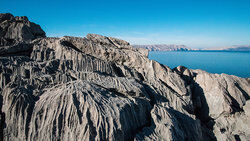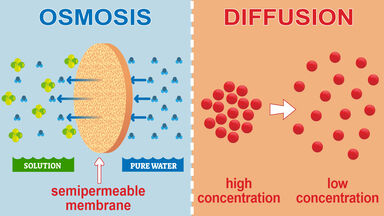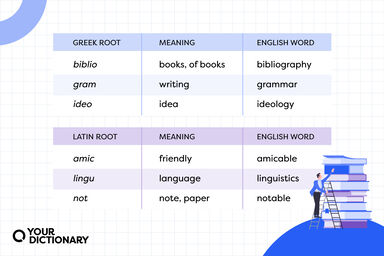On solution in water, heat is evolved and hydrates formed.
Davy, inspired by his successful isolation of the metals sodium and potassium by the electrolysis of their hydrates, attempted to decompose a mixture of lime and mercuric oxide by the electric current; an amalgam of calcium was obtained, but the separation of the mercury was so difficult that even Davy himself was not sure as to whether he had obtained pure metallic calcium.
When substances readily combine with water to form hydrates, the heat of solution in water is usually positive; when, on the other hand, they do not readily form hydrates, or when they are already hydrated, the heat of solution is usually negative.
The alkalis are used almost exclusively in the condition of caustic lyessolutions of their respective hydrates in water.
Moisture is evolved from substances containing water of crystallization or decomposed hydrates.





